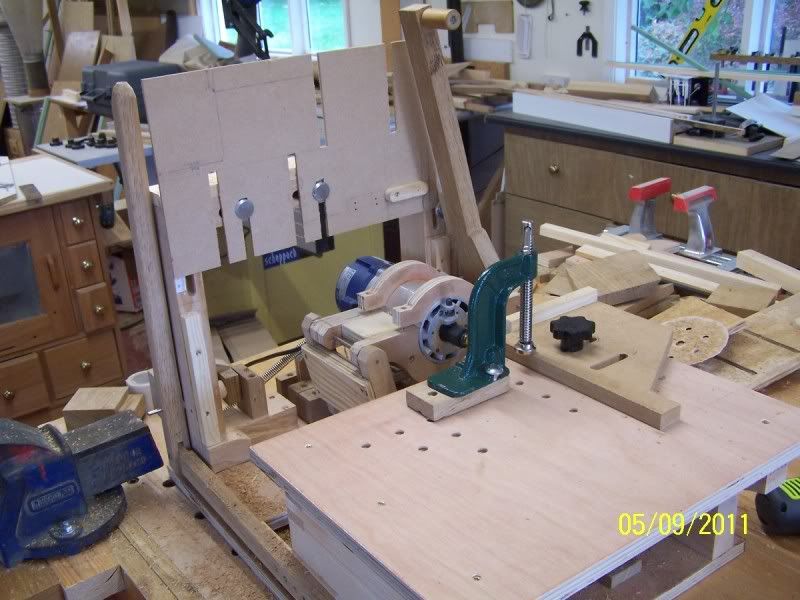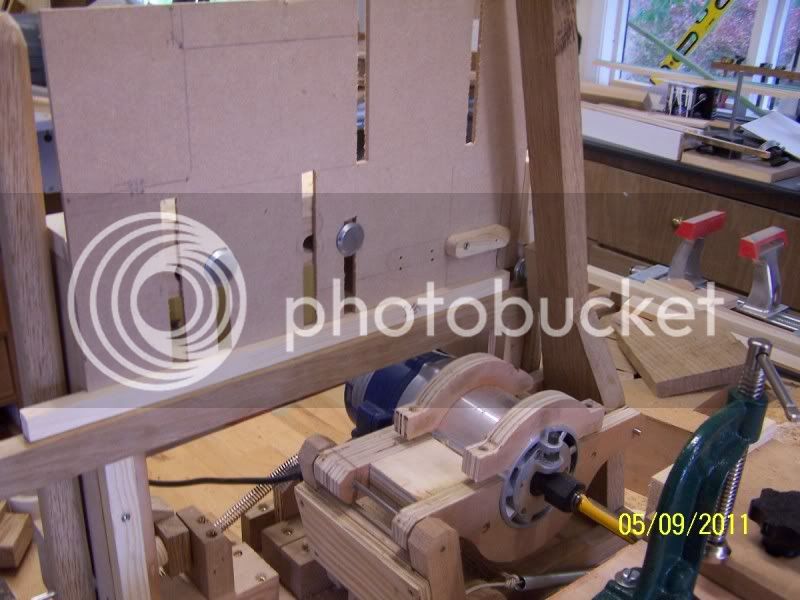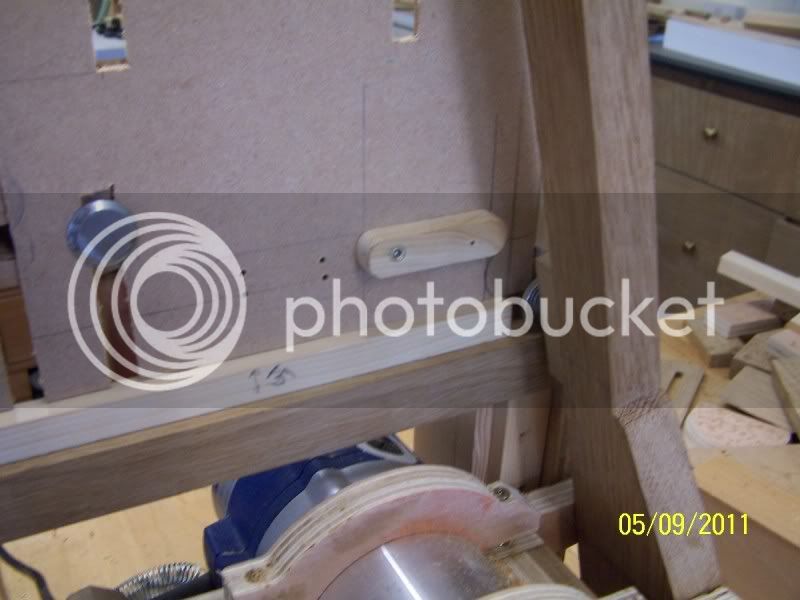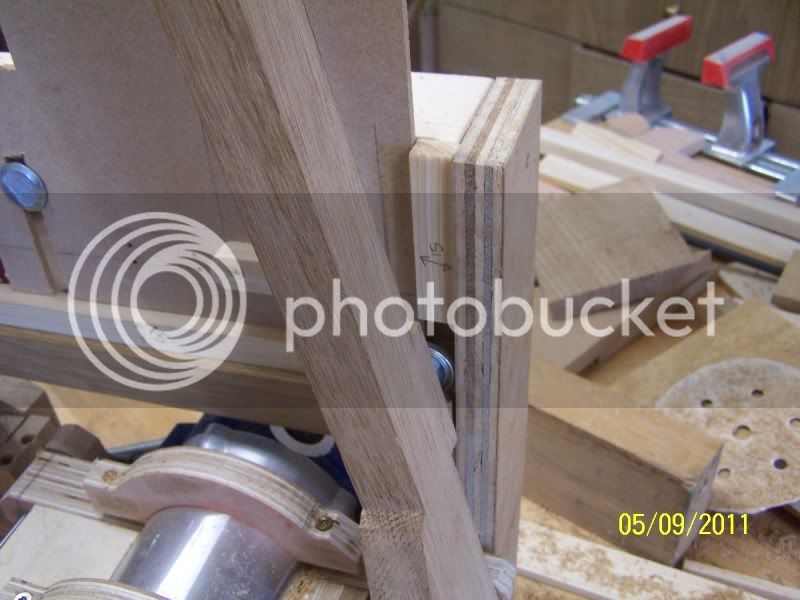studders
Established Member
I'm sure it will all come out in the wash.mpooley":1diwwvty said:I hope that not being able to drill a few holes isn't going to scupper my pantorouter
Mike

I'm sure it will all come out in the wash.mpooley":1diwwvty said:I hope that not being able to drill a few holes isn't going to scupper my pantorouter
Mike
studders":vc94f5m5 said:I'm sure it will all come out in the wash.mpooley":vc94f5m5 said:I hope that not being able to drill a few holes isn't going to scupper my pantorouter
Mike
Good Man.mpooley":xj80wzr8 said:I think I have solved it !
Keeping my eyes peeled for a suitable S/H Router; too tight to buy new, but I may have to if nothing turns up by the time I've finished my Wardrobes, which is when I want to start this project.studders let us know when you start on yours!
Oh I will, I will.and let me know if you want bad advice lol (homer)
Mike
Aces and Eights":5ri60xlw said:If you're still looking for a 5mm spiral cutter, Trend do one that's intended for routing aluminium proflies (window frames etc).
I use these regularly on wood and they're the dogs kahonies.
Probably a bit late now though as it seems you have it sorted.
Adam.








I'm having trouble picturing what you mean but one limitation of this is that all the templates are made up of 6mm mdf backing board with a wood template stuck to it and i will need quite a few for different setups. so the 'device' to set it up must be seperate from the template backing board. And not get in the way of the router when its in action.marcros":zdt4ldww said:Mike,
Would somethink like this help:
A right angled piece of material with pair of slots cut into each face. That way, you could adjust up and down, and clamp with some locking handles. You could then move left or right, and lock with another pair of handles, without that first axis moving. SAomebody suggested a similar idea to make a simple router table fence when I enquired, albeit that it only needed to move in a single plane.
The other way might be to butcher some old machinery- some form of x and y table and a height adjuster off a router?
Mark




I used far eastern Hardwood ply - you can get baltic birch ply but i think it will be a lot more expensive.Tinbasher":pc1tggim said:Does anyone know of a supplier of this type of plywood? All I can get locally is full of voids.
Tin
alexmorley1":3ucy4vob said:i was thinking about making one of these during my spare time. how long did it take you to make it do you recon, and do you think my bosch palm router would be a suitable router? or will i also have to by the draper one.
lol
That's probably the one I was thinking of using if the old(very) fixed Black+Decker that I found on the bay turns out to be no good.alexmorley1":1bqdrh7n said:do you think my bosch palm router would be a suitable router? or will i also have to by the draper one.
lol
http://youtu.be/_JPsZIC3RO0mpooley":o5542dte said:ah!
where can we see your device tom?
Mike
Enter your email address to join: